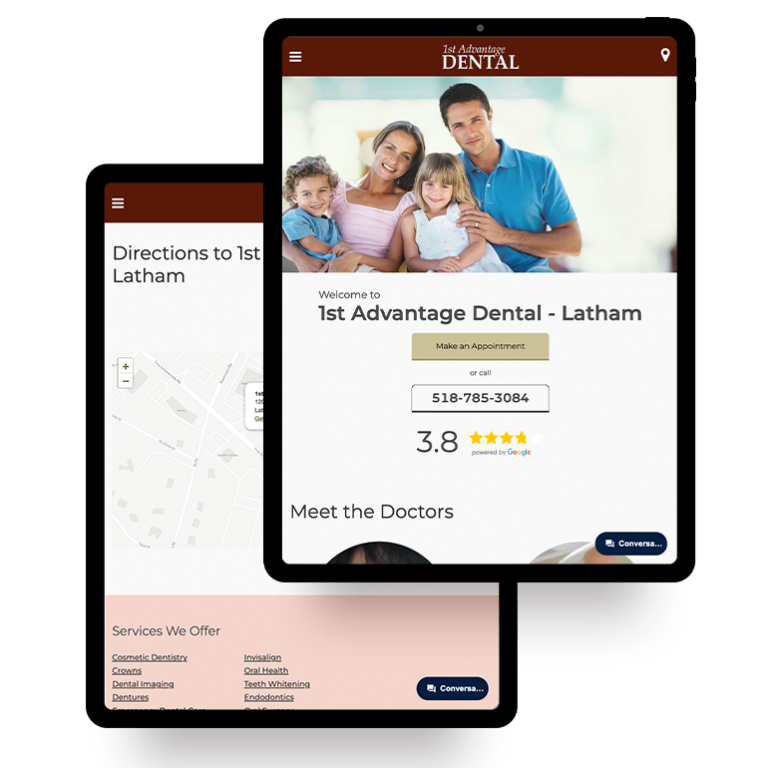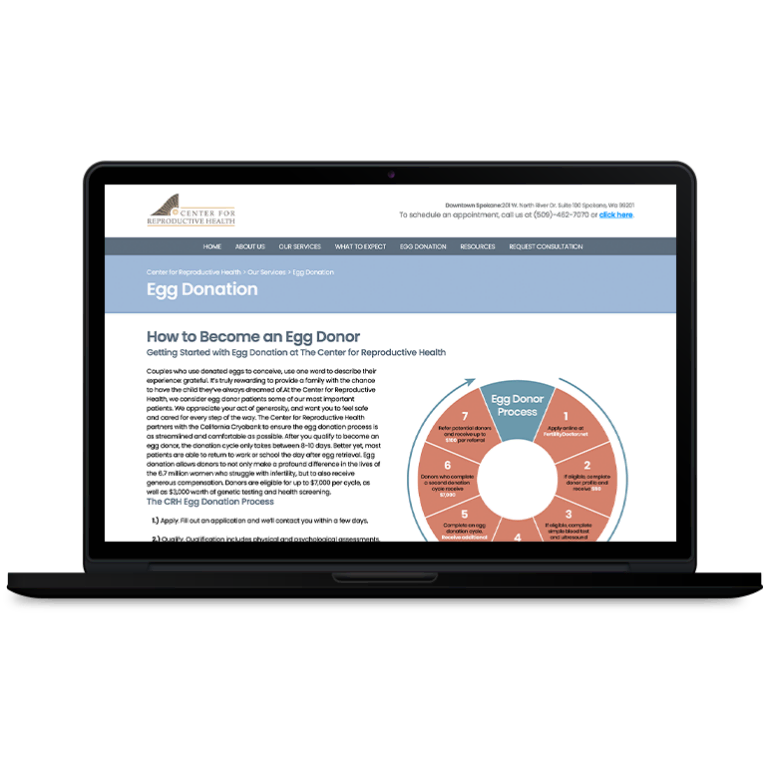Long tail keywords help medical practices play to their SEO strengths while building the authority to rank for short-tail keywords in the future.
The digital revolution has empowered patients to be their own advocates when seeking out medical care. Studies show that 73% of consumers now use search engines to conduct research on available treatments. For medical practices of all sizes, this paradigm shift in how people find care — and how they communicate with doctors — underscores the importance of developing a robust digital marketing program.
Whether you’re starting from scratch or making adjustments to an up-and-running SEO strategy, finding the right long tail keyword is a great place to start. Because they allow small- and medium-sized practices to punch above their weight by cornering niche keyword markets, long tails can give you an impressive bang for your buck. If you want to improve your digital presence with a modest investment, this makes long tail keywords essential building blocks of your larger business plan.
What are Long Tail Keywords?
In SEO circles, keywords are divided into two main categories: short tail and long tail.
Short tail keywords are typically limited to one or two words that cover a general topic, such as “heart disease.” Because short tails are so general, they attract a considerable amount of search traffic. However, those keywords are usually expensive and difficult to work with if you’re new to the digital scene. What’s more, they don’t always represent high levels of user intent.
Long tail keywords, on the other hand, are more specific terms or phrases — think “congenital heart disease treatment near me.” While long tails don’t garner the same amount of traffic as short tails, searches for them indicate a user closer to the bottom of the funnel — that is, someone who has done their research and is preparing to schedule an appointment.
What Can Long Tail Keywords Do for My Practice?
The advantages of long tail keywords are two-fold. First, they can help your practice rank well for niche topics that larger institutions may not have the bandwidth to target. For example, a hospital optimizing for “joint pain” may not simultaneously target “joint pain care for adolescents.” If your practice moves into that smaller market, you may not be getting the traffic from “joint pain,” but instead you’ll siphon off users with specific needs who are more likely to convert.
Second, long tails can help your practice develop the authority you’ll need to eventually rank well for short-tail keywords. Because search engines display results depending on their relevance to a query as well as the quality of their content, better performance for long tail keywords increases the trustworthiness of your practice’s website. If you decide to add more short-tail keywords to your digital strategy, this dependability will serve your practice well.
How Should My Medical Practice Choose Long Tail Keywords?
Thankfully, plenty of free tools are available to help you find the right long tail keywords for your practice.
The most obvious – but most important – place to start is going through Google’s search bar recommendations to better understand how it suggests possible long tails to its users. By checking out which iterations of your potential keywords are most popular and which you think are most applicable to the care you provide, you can narrow down your list or add possibilities you may have missed.
Next, consider using Google’s Keyword Planner, a tool which can help you workshop long tails with insightful statistics such as average monthly searches, the level of competition for that keyword, and suggested bids. Keyword Planner also provides related keywords, which can help you zero in on a niche market as much as possible.
Finally, take advantage of platforms like BuzzSumo. The tool prompts you to enter medical topics or keywords relevant to your practice, and then gives you a bird’s-eye view of how related content is performing across social media sites. For savvy medical marketers, this is an essential tool for understanding what people are interested in and how you can orient your practice’s SEO plan to accommodate those needs.
No matter your digital strategy, finding the right long tail keywords can help your practice compete with larger industry peers. Whether you plan to dominate niche markets, eventually make a play for short-tail traffic, or both, investing in medical marketing now can help you and your team prepare for the healthcare landscape of the 21st century.































































 Smart Design Creates New Patient Opportunities
Smart Design Creates New Patient Opportunities